Video articles


January 24, 2022











0











0
Lumbar Radiculopathy | Anatomy
By AGE2B team
Lumbar radiculopathy is a back disorder caused by a pinched nerve in the lumbar, or lower back, area of the spine. Usually, lumbar radiculopathy occurs in men who are in their forties and in women who are over 50 years old. In many cases, it is the result of hard physical labor. The spine is […]
Read more
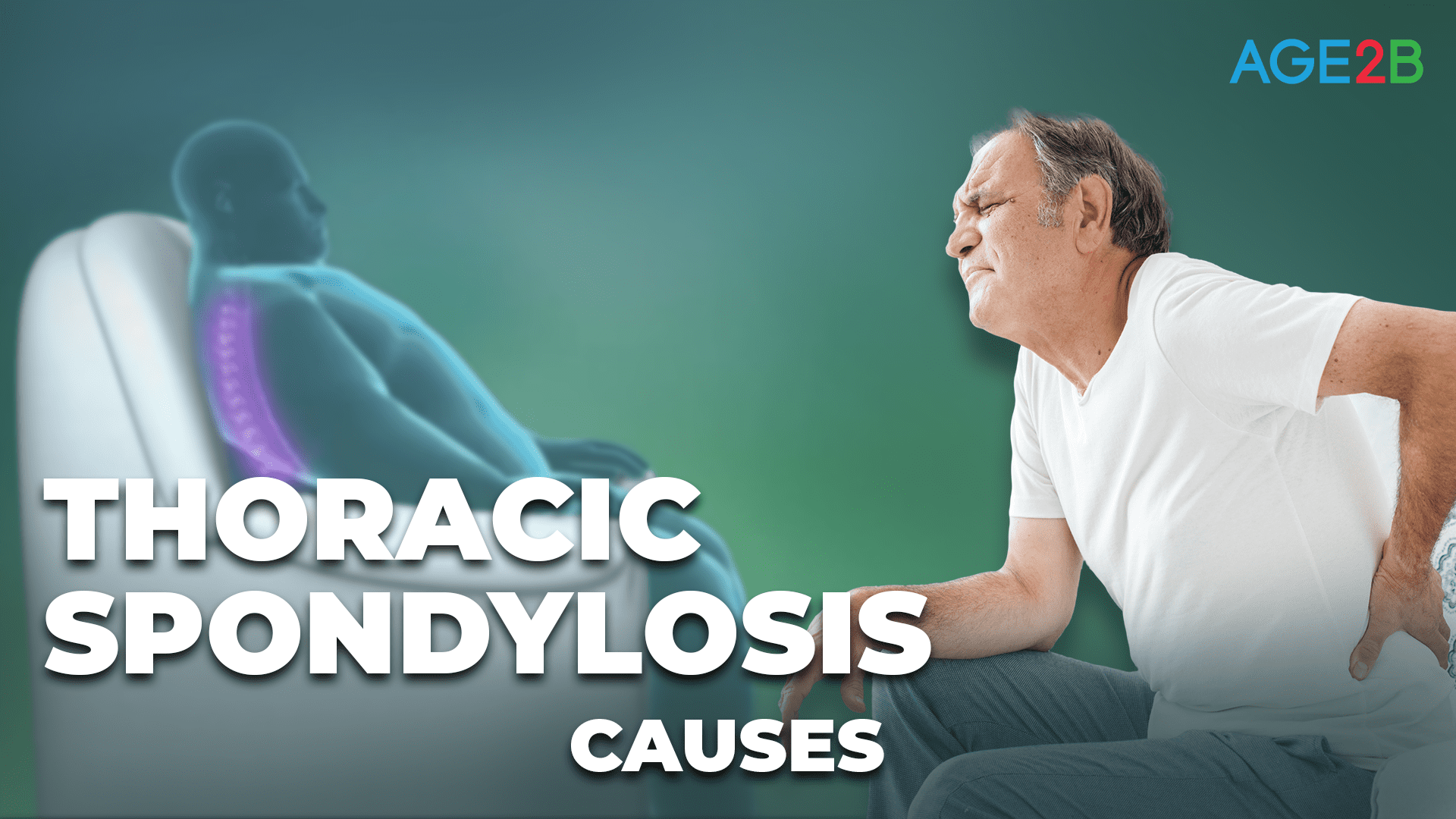

January 24, 2022











0











0
Thoracic Spondylosis | Causes
By AGE2B team
In most cases, thoracic spondylosis occurs as a result of degenerative changes in the spine due to aging. Intervertebral discs become more dry and thin around the time a person turns 40. Disc degeneration can cause disc bulging – one of the signs of thoracic spondylosis. Aging in the thoracic region of the spine can […]
Read more


January 24, 2022











0











0
Thoracic Spondylosis | Symptoms
By AGE2B team
The first and main symptom of thoracic spondylosis is pain in the middle portion of the spine. It occurs due to compression of nerve roots from disc herniation, bone spurs, or thickened ligaments. Back pain in thoracic spondylosis caused by an intervertebral disc herniation can worsen by sitting with the spine bending forward for prolonged […]
Read more
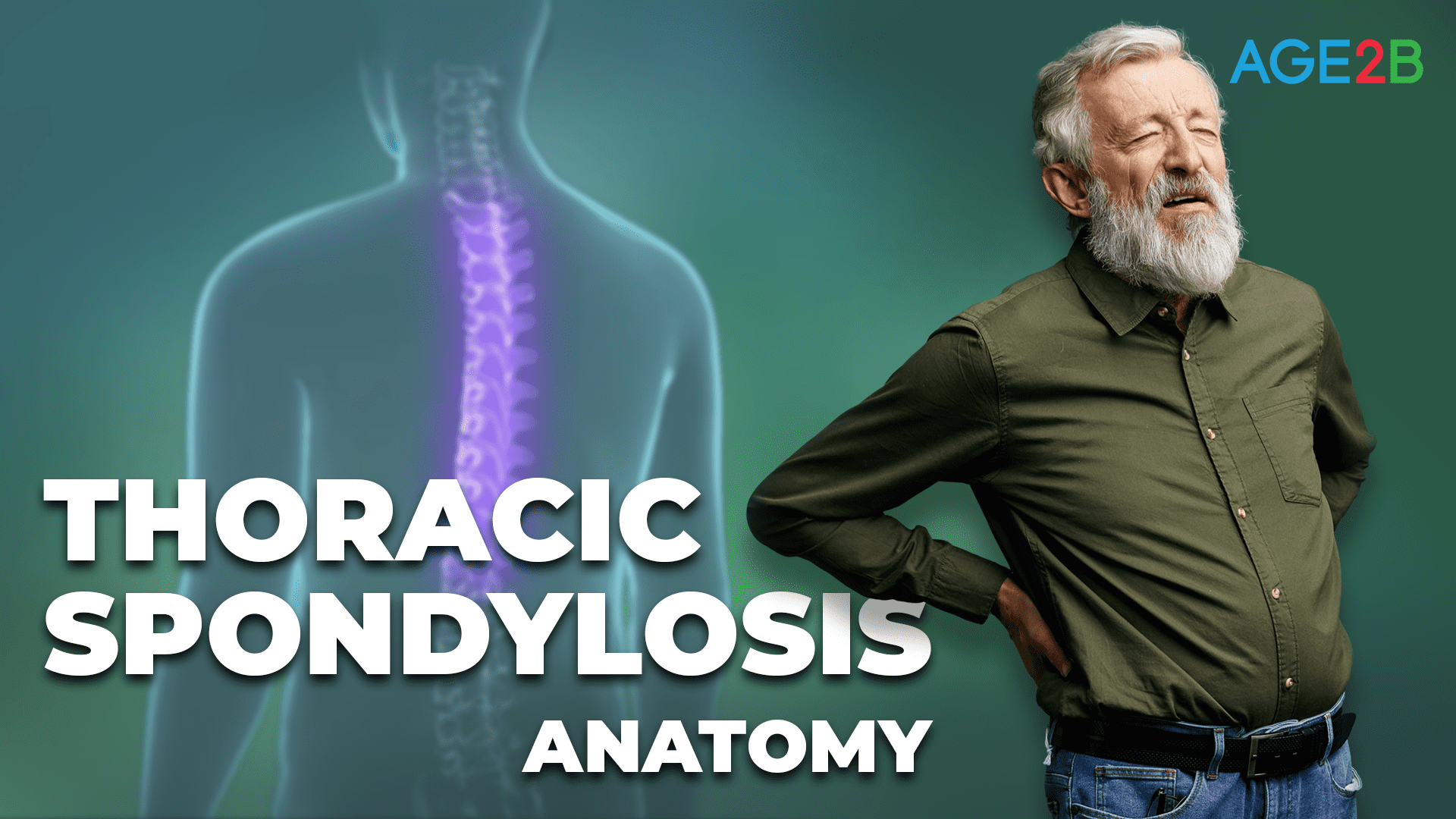

January 24, 2022











0











0
Thoracic Spondylosis | Anatomy
By Editorial Team (2)
Thoracic spondylosis is a degenerative condition of the thoracic region of the spine. This pathological condition can include facet joint osteoarthritis, formation of bone spurs, or disc herniation. Thoracic spondylosis does not occur as often as cervical or lumbar spondylosis. Commonly, it happens in people over the age of 50. The spine is made up […]
Read more
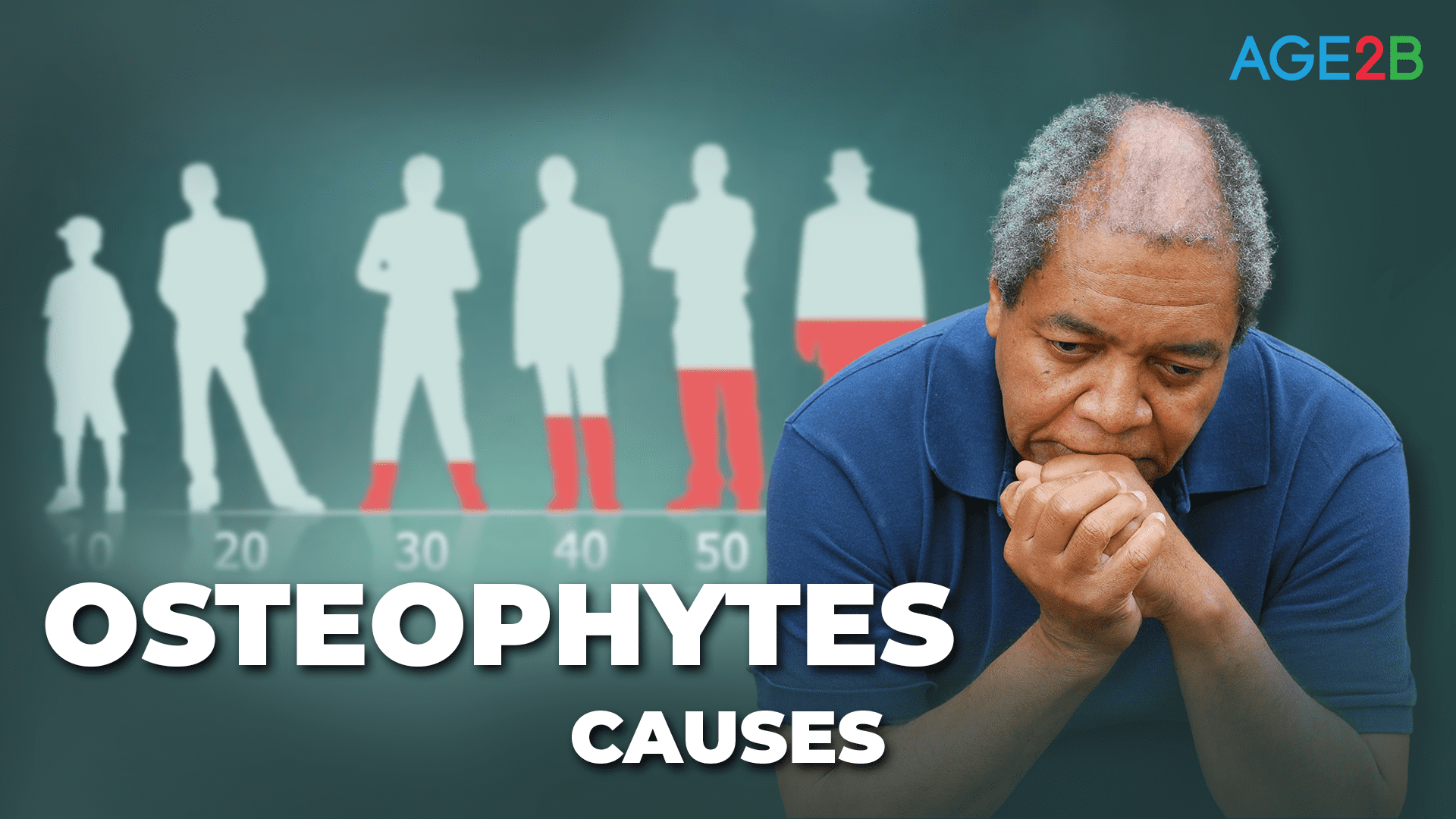

January 24, 2022











0











0
Osteophytes | Causes
By Editorial Team (2)
Bone spurs most often form due to osteoarthritis. Damaged discs or joints lead to excessive movement in spinal joints. In order to compensate for this extra movement, the body forms osteophytes on the surfaces of the joints and along the edges of the vertebrae. Degeneration of the articular cartilages and intervertebral disks occurs as a […]
Read more
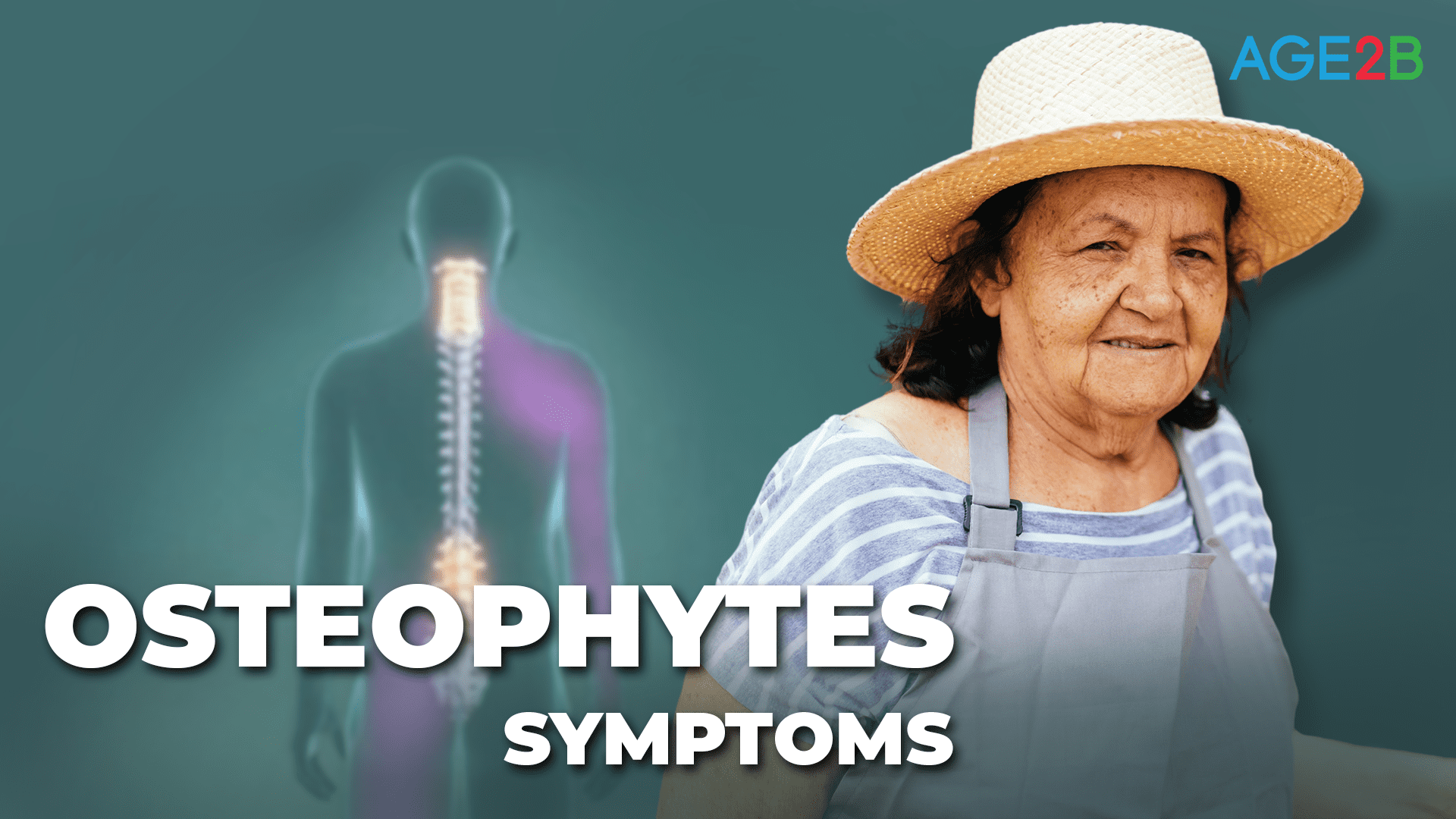

January 24, 2022











0











0
Osteophytes | Symptoms
By Editorial Team (2)
Spinal osteophytes cause symptoms only when they begin to put pressure on the spinal cord or its nerves. Nerve root compression may lead to pain, tingling, numbness, or weakness in extremities. The location of the pain depends on the affected region of the spine. In very rare cases, when bone spurs significantly compress the spinal […]
Read more
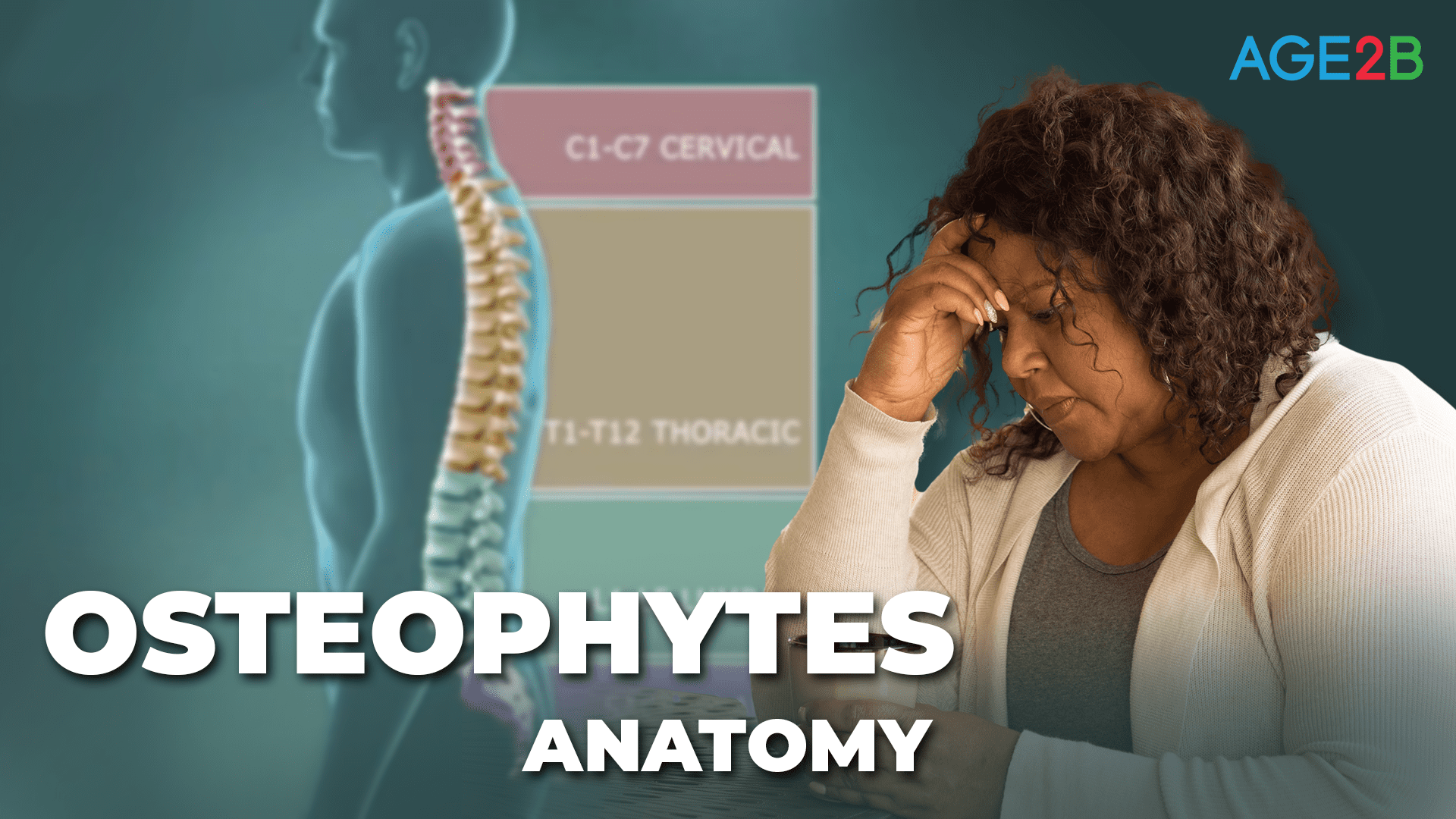

January 24, 2022











0











0
Osteophytes | Anatomy
By Editorial Team (2)
Osteophytes (bone spurs) in the spine are smooth outgrowths that appear around the edges of the vertebrae and on the facet joints. Osteophytes are most commonly seen in the lumbar spine (lower back), but they can occur anywhere in the spine. Sometimes osteophytes are found in places where they can put pressure on the spinal […]
Read more
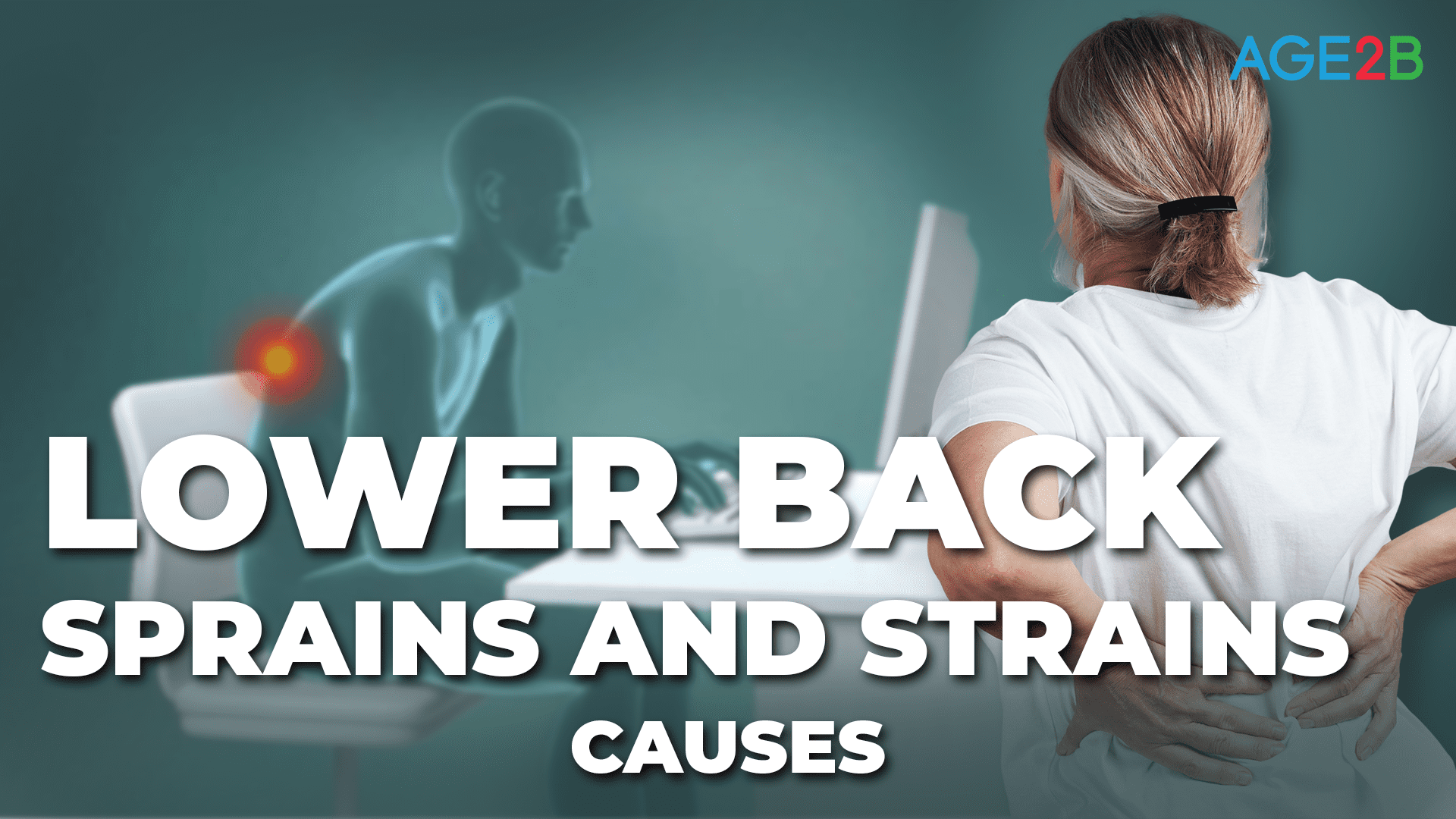

January 24, 2022











0











0
Lower Back Sprains and Strains | Causes
By Editorial Team (2)
Low back strain can be the result of a single injury that pulls or twists a muscle or tendon, or it can occur due to increased stress on the muscles of the lumbar spine. Overstretched muscle fibers may be torn, and a local inflammation occurs. Poor posture or repetitive and prolonged overuse of tendons and […]
Read more
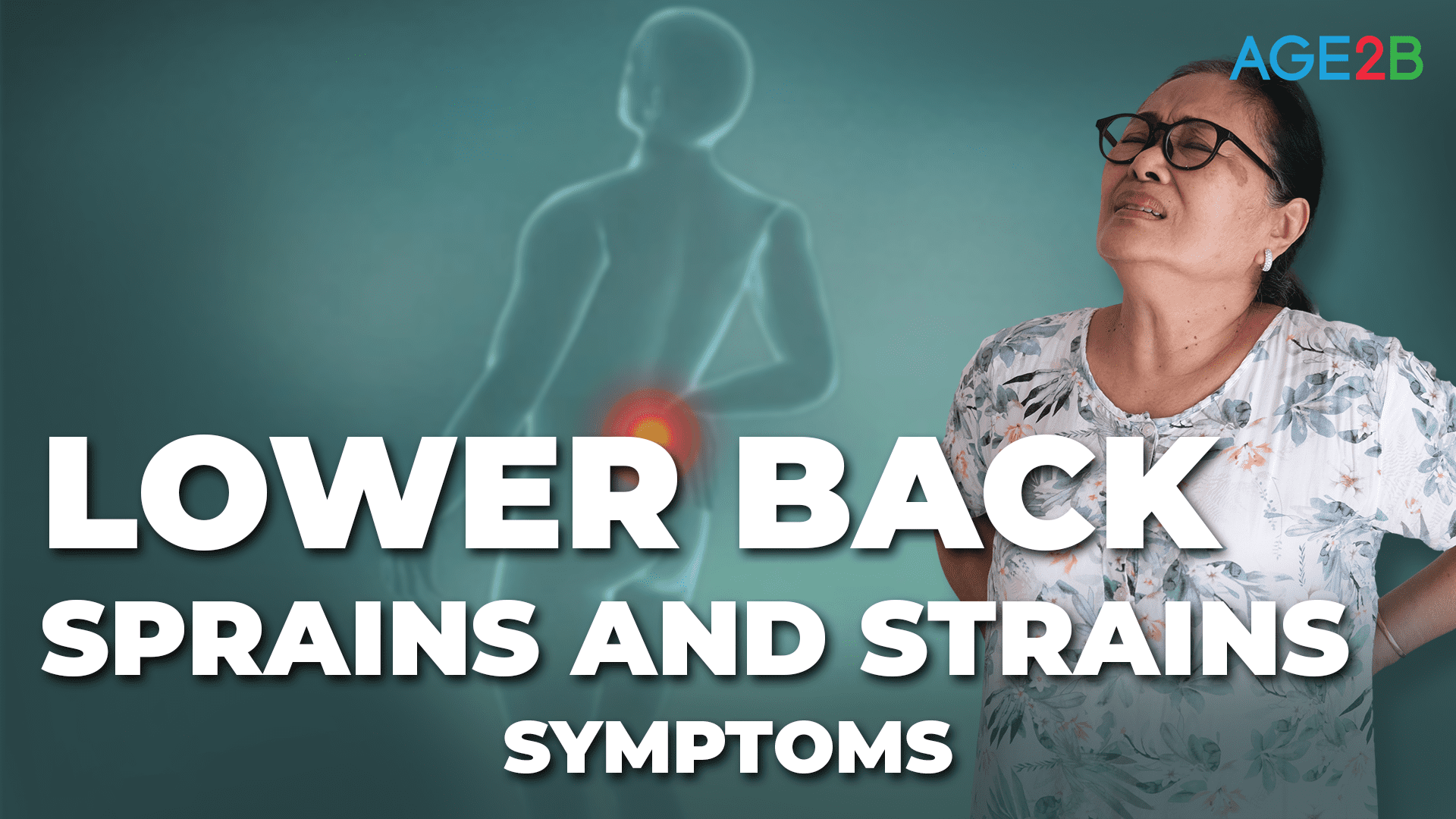

January 24, 2022











0











0
Lower Back Sprains and Ligament Strains | Symptoms
By Editorial Team (2)
Symptoms of lumbar strain or sprain often include sudden pain and tenderness in the lower back. Lumbar strains and sprains often cause muscle spasms. These occur as the body attempts to protect the injured tissues. The stiffness and pain of strains or sprains can make it difficult to maintain normal posture. The pain usually decreases […]
Read more


January 24, 2022











0











0
Lower Back Sprains and Ligament Strains
By Editorial Team (2)
Muscle strains and ligament sprains are some of the most common causes of lower back pain. Although strains and sprains may have similar symptoms, they involve different structures of the body. The lumbar spine, or lower back, is very mobile and bears most of the body’s weight. That is why it is prone to various […]
Read more










